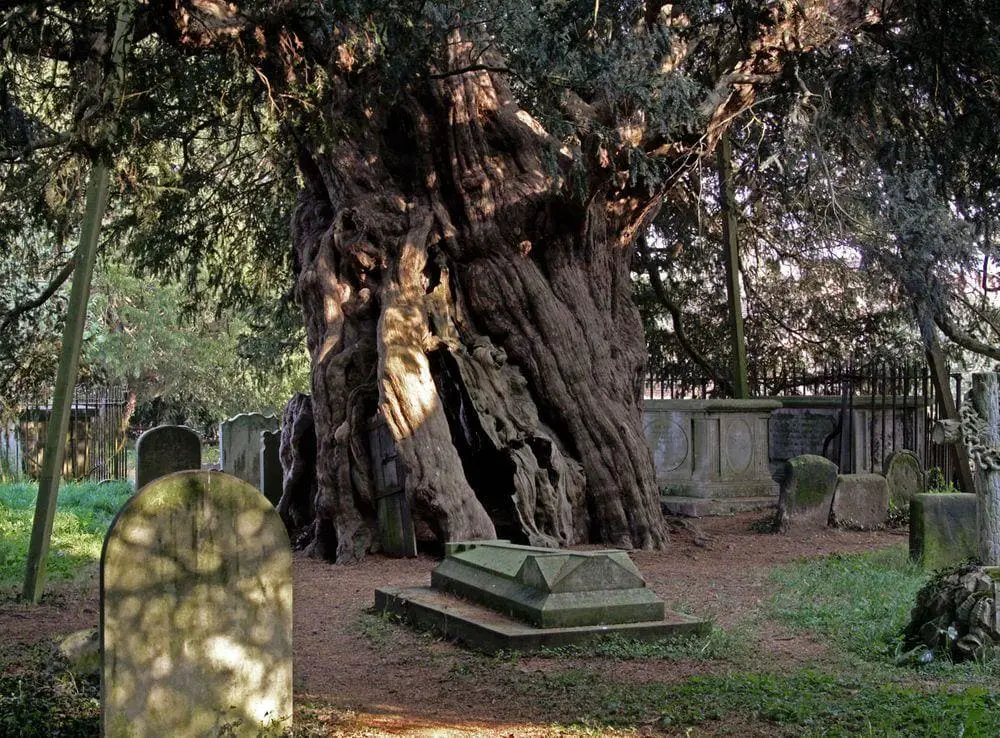World 🢖 Europe 🢖 United Kingdom 🢖 England 🢖 Surrey
Wonder
Tandridge Yew
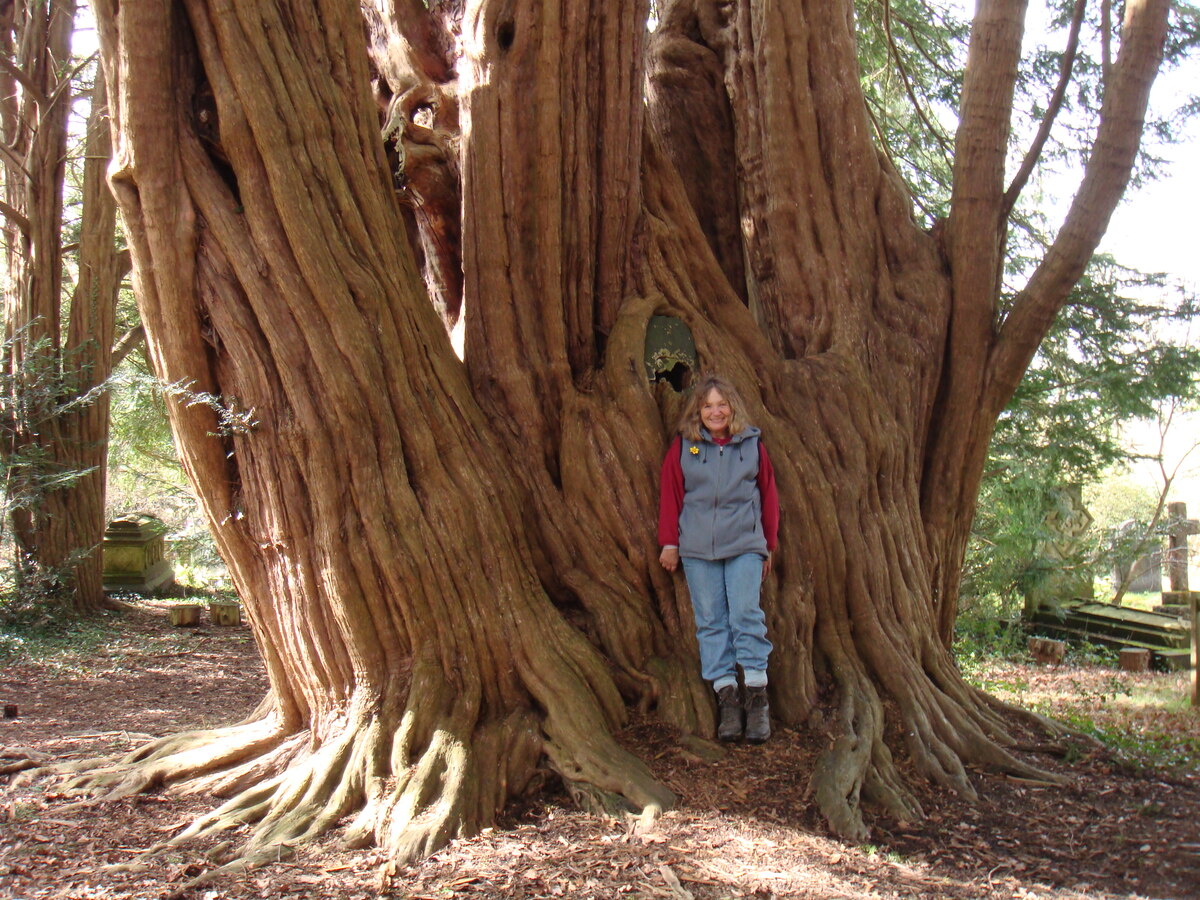
 In short
In short
The unique Tandridge Yew shows how a yew can regenerate and live its second life.
 42.3%
42.3%
GPS coordinates
Location, address
Species
Circumference
Map of the site
If you see this after your page is loaded completely, leafletJS files are missing.
 In detail
In detail
More than 1000 years old
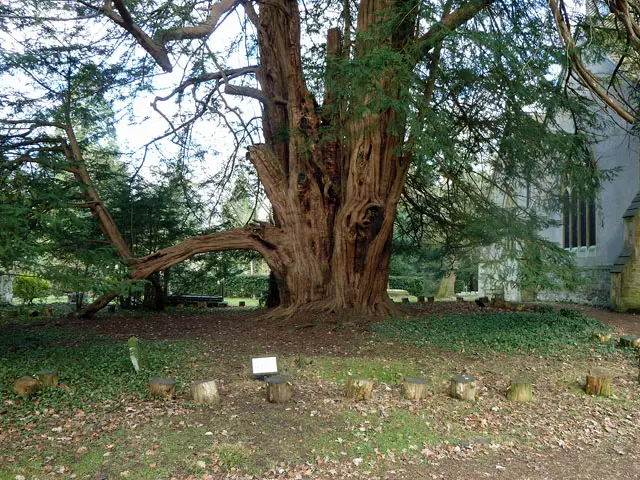
This magnificent tree grows close to St. Peters church – a very old medieval structure, with the oldest parts from the 11th century. There are speculations that here has been standing even older church – but no traces of it were found.
Nevertheless the yew tree is considerably older than this church – the tree might be approximately 1 700 years old.
Revival
This is not exactly the age of the original tree – the main trunk of it fell down centuries ago. Back then there developed many sprouts from the stump. As the centuries rolled by, sprouts turned each into a large tree and then they fused together, forming a single tree of giant size. The circumference at the height of 0.3 m in 2013 was 11.04 m (1.), at this same year a very similar result was obtained at the ground level – 10.92 m (2).
It seems that Tandridge Yew has the largest girth of all the yew trees in the United Kingdom – if we count only the trees that have a single trunk.
Tandridge Yew is a female tree – it produces fruits every year. The tree has an enormous crown.
The tree has an exotic neighbor – outside the cemetery next to the yew grows a tall Giant Sequoia.
References
- Yew close to St. Peters church in Tandridge, Monumental Trees. Accessed on December 30, 2023
- Yew/Yews at Tandridge – churchyard England, Ancient Yew Group. Accessed on December 27, 2022
Tandridge Yew is included in the following article:
 Linked articles
Linked articles
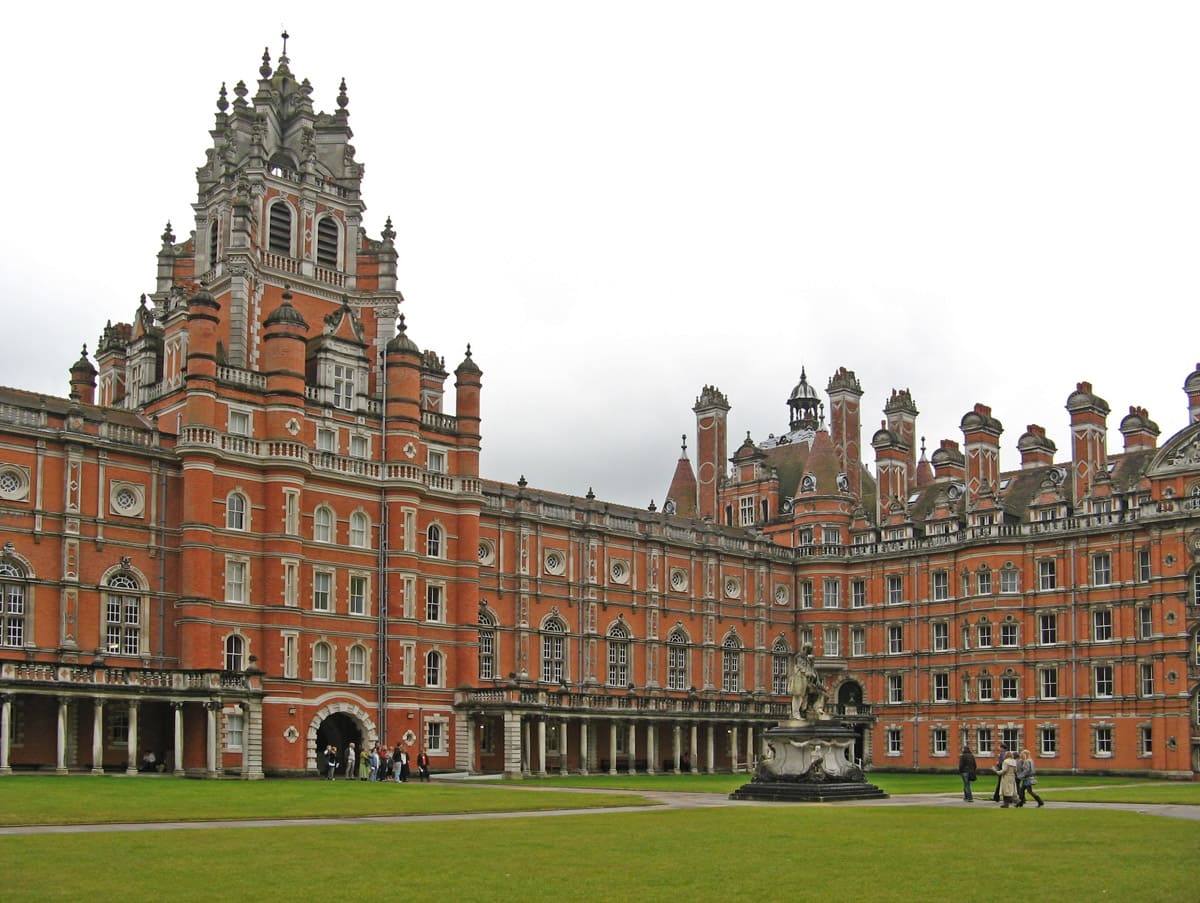
Wonders of Surrey
The cultural and natural heritage of Surrey is very diverse. Especially rich is cultural heritage – this county has numerous valuable country houses, church buildings, and monuments of industrial architecture. Beautiful are the parks of Surrey, mysterious and surprising – the artificial caves and passages.
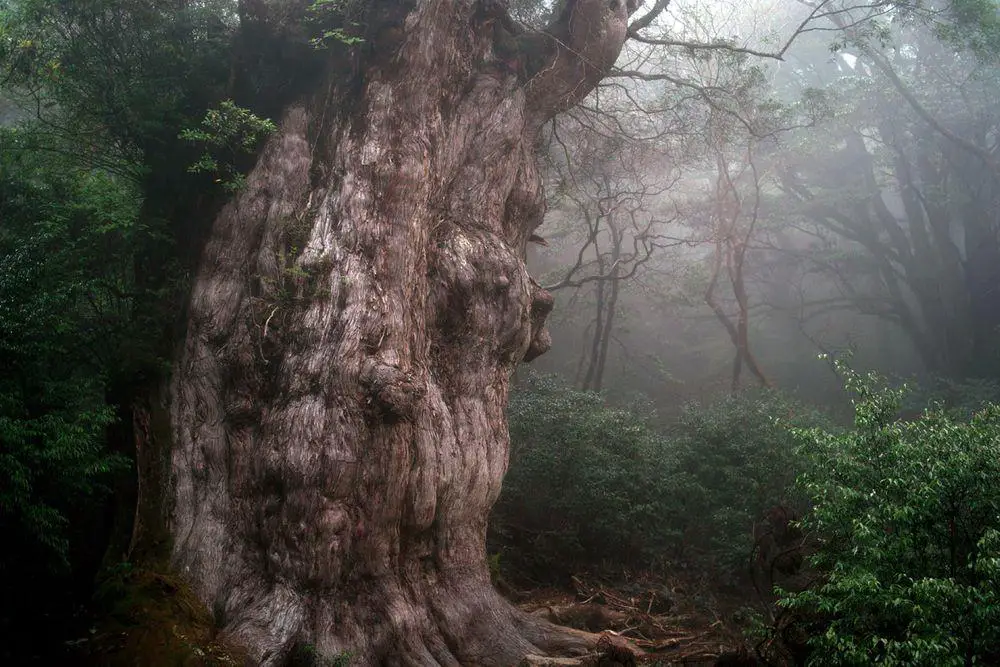
Trees
The category includes some of the most impressive and interesting separate trees in the world. The total number of tree species in the world still is a wild guess – maybe 10,000 and maybe 100,000 but most likely somewhere in between. Every month there are reported new tree species from the whole world, including Western Europe.
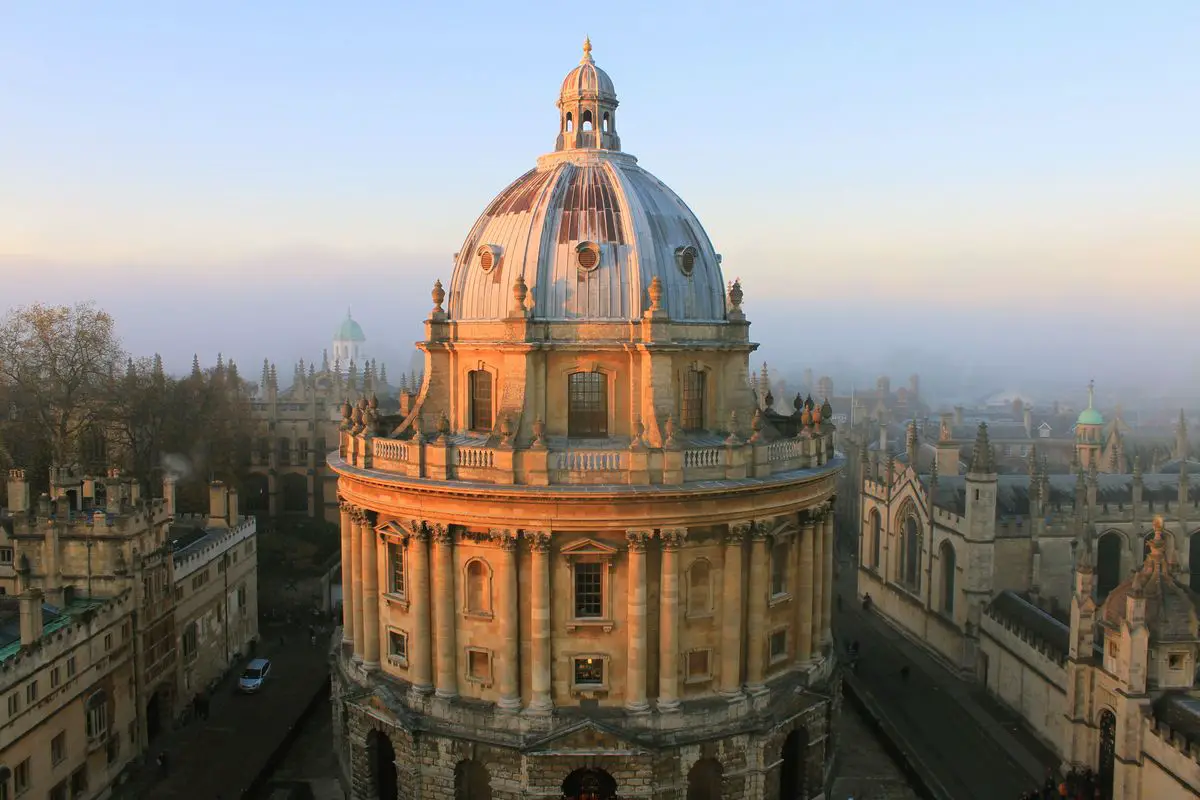
Wonders of England
The natural and cultural wonders of England are very diverse and here are found some of the world’s most impressive landmarks in several categories, such as churches and museums.
 Recommended books
Recommended books
Yew: A History
The yew is one of the most fascinating and versatile life forms on Earth, botanically rich and intriguing, and culturally almost without comparison. This impressive study of the yew reveals that in history, mythology, religion, folklore, medicine, and warfare, the yew bears timeless witness to a deep relationship with mankind. It is the tree that Darwin often rested beneath and under which he wanted to be buried.
The Ancient Yew: A History of Taxus baccata
The gnarled, immutable yew tree is one of the most evocative sights in the British and Irish language, an evergreen impression of immortality, the tree that provides a living botanical link between our own landscapes and those of the distant past. This book tells the extraordinary story of the yew’s role in the landscape through the millennia, and makes a convincing case for the origins of many of the oldest trees, as markers of the holy places founded by Celtic saints in the early medieval ‘Dark Ages’.

